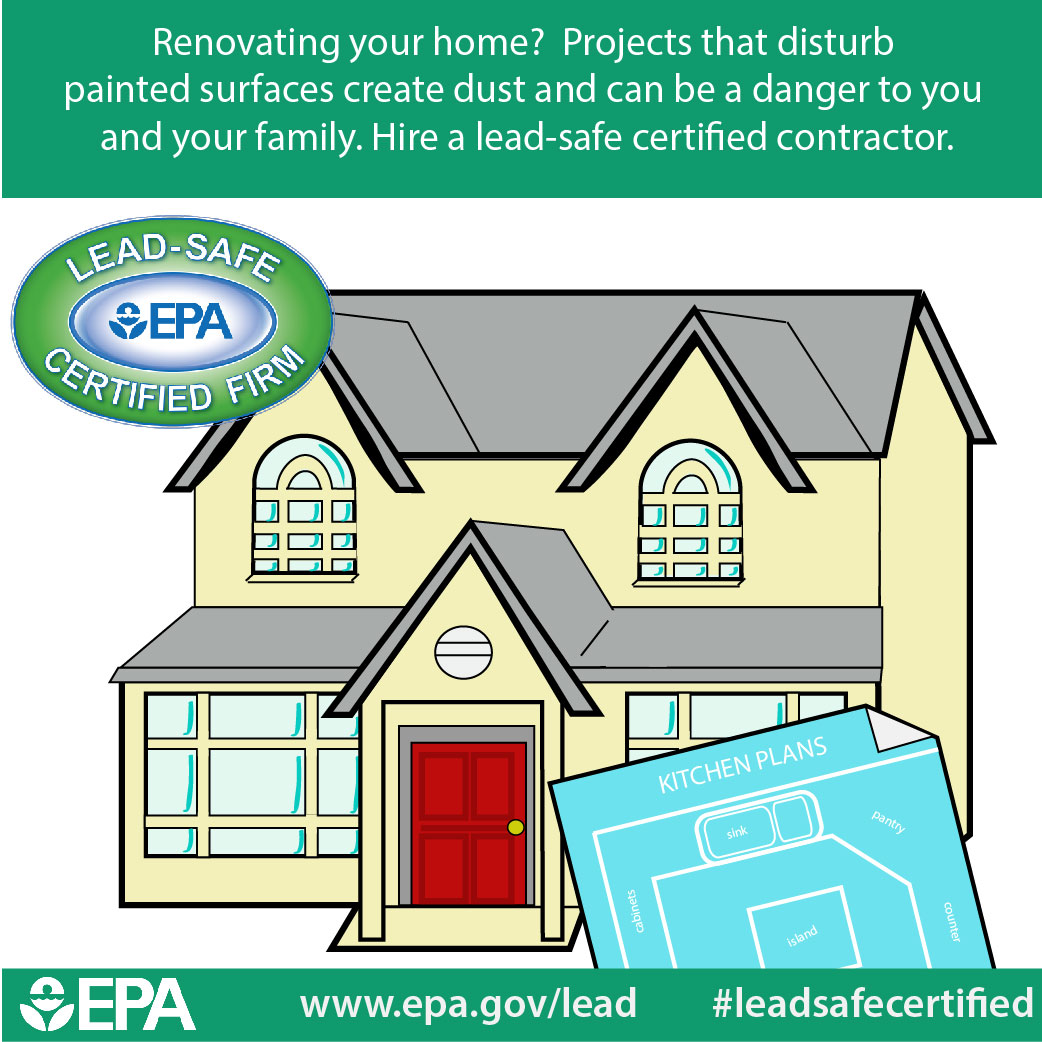How Climate Condition Can Affect Your Exterior Paint Project
How Climate Condition Can Affect Your Exterior Paint Project
Blog Article
Created By-Hermann Thuesen
Comprehending exactly how climate condition can influence the end result of an external painting venture is critical for achieving a perfect surface. From temperature level variations modifying paint attachment to moisture degrees affecting drying times, each component of weather condition plays a substantial role in the success of your project. Additionally, wind speed and precipitation can present unforeseen difficulties that may compromise the high quality of the outcome. As we browse with the subtleties of weather condition's effect on outside paint, it ends up being noticeable that careful preparation and tactical timing are essential for guaranteeing an expert and long lasting end result.
Perfect Temperature Variety for Painting
When thinking about outside paint projects, the optimal temperature level array plays an important function in accomplishing optimal outcomes. Painting in the best temperature level problems guarantees that the paint adheres appropriately to the surface area, dries out equally, and remedies properly. Generally, the advised temperature level variety for external paint is between 50 to 85 degrees Fahrenheit.
Painting in temperature levels below 50 degrees Fahrenheit can lead to concerns such as inadequate paint attachment, extended drying times, and a boosted likelihood of splitting or peeling off.
On https://paxtondlsxf.blogdal.com/34333811/residence-painters-a-beginner-s-manual-for-changing-your-home , painting in temperatures over 85 levels Fahrenheit can trigger the paint to completely dry as well rapidly, resulting in blistering, bubbling, and an uneven finish.
To accomplish the most effective outcomes, it is important to check the weather forecast before starting an exterior paint task. Ideally, purpose to paint during light weather with moderate temperature levels and low humidity levels.
Impacts of Humidity on Paint Drying
Moisture levels dramatically impact the drying procedure of paint applied to exterior surface areas. High humidity can extend the drying time of paint, leading to possible issues such as leaking, spotting, and even the development of bubbles on the repainted surface. Excess moisture airborne decreases the dissipation of water from the paint, impeding the curing process. This is especially bothersome for water-based paints, as they depend on evaporation for drying.
On the other hand, reduced humidity levels can also influence paint drying. Extremely completely dry problems may trigger the paint to completely dry too quickly, causing poor bond and a rough coating. In tulsa painting , adding a paint conditioner or splashing a fine mist of water airborne can aid control moisture levels and enhance the painting result.
To guarantee ideal drying out conditions, it is recommended to repaint when the humidity levels range in between 40% and 50%.
Monitoring moisture levels and taking proper measures can assist achieve a smooth and resilient paint coating on outside surfaces.
Wind and Precipitation Considerations
Wind speed and precipitation are crucial aspects that considerably impact the success of an external paint task.
When it involves wind, both speed and instructions are important factors to consider. High wind rates can create paint to completely dry also rapidly, leading to a poor finish with prospective problems like breaking or irregular structure. In addition, wind can bring particles that might comply with the damp paint, leading to flaws. For that reason, painters ought to intend to deal with days with light to modest winds for ideal painting problems.
On the other hand, precipitation, whether rain or snow, can be exceptionally detrimental to the outcome of an external painting job. Wetness from precipitation can prevent paint adhesion, triggering peeling off and bubbling over time. It is essential to prevent painting during rainy or snowy weather condition to make certain the durability and quality of the paint job. Painters ought to also permit sufficient time for the surface area to dry extensively after any kind of precipitation before starting or returning to the paint process.
Verdict
In conclusion, climate condition play a considerable function in the end result of an exterior painting task. The optimal temperature array, humidity levels, wind rate, and rainfall all contribute to the success or failure of the paint job.
It is vital to think about these variables and plan as necessary to make sure proper paint bond, drying times, and general quality of the ended up item.
